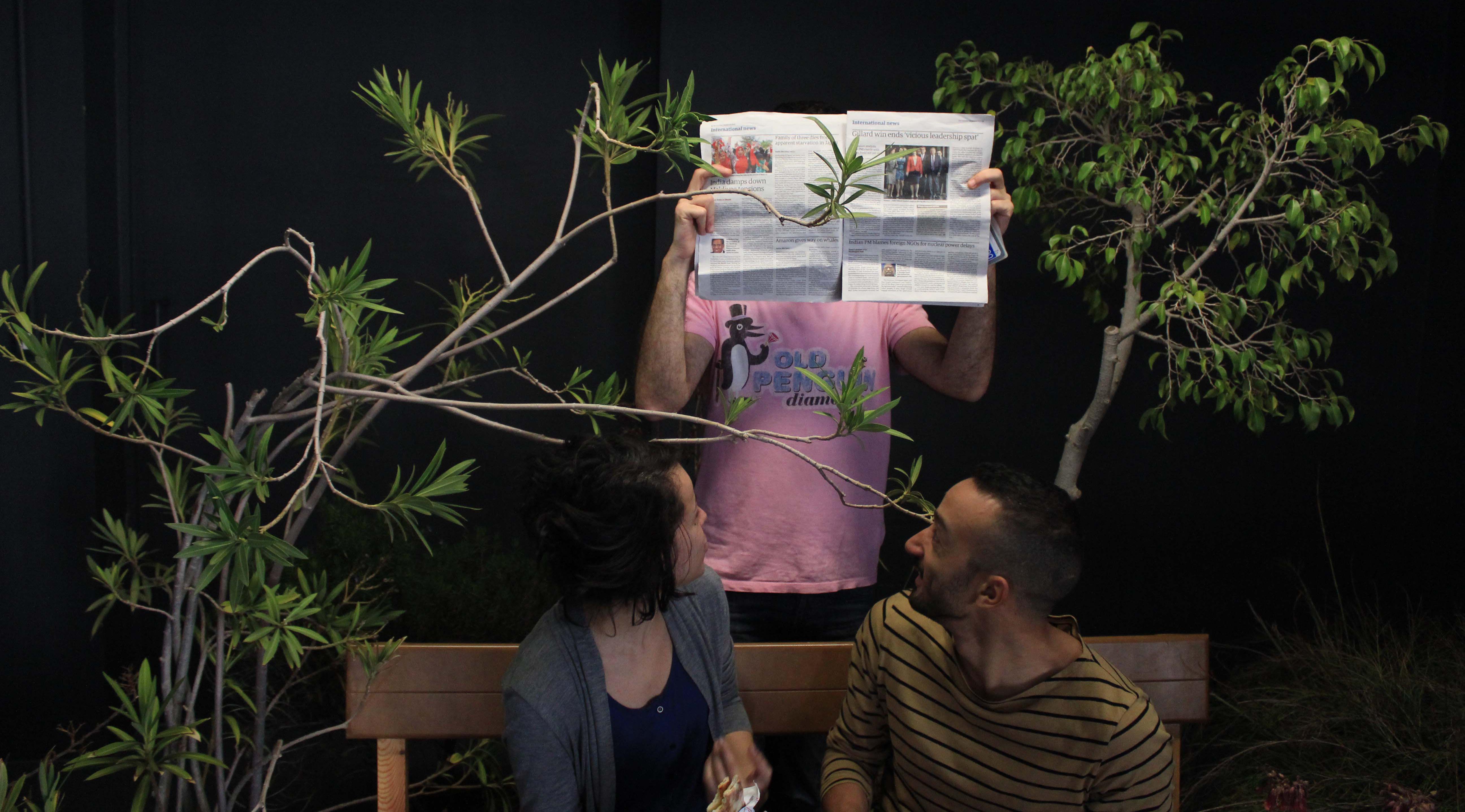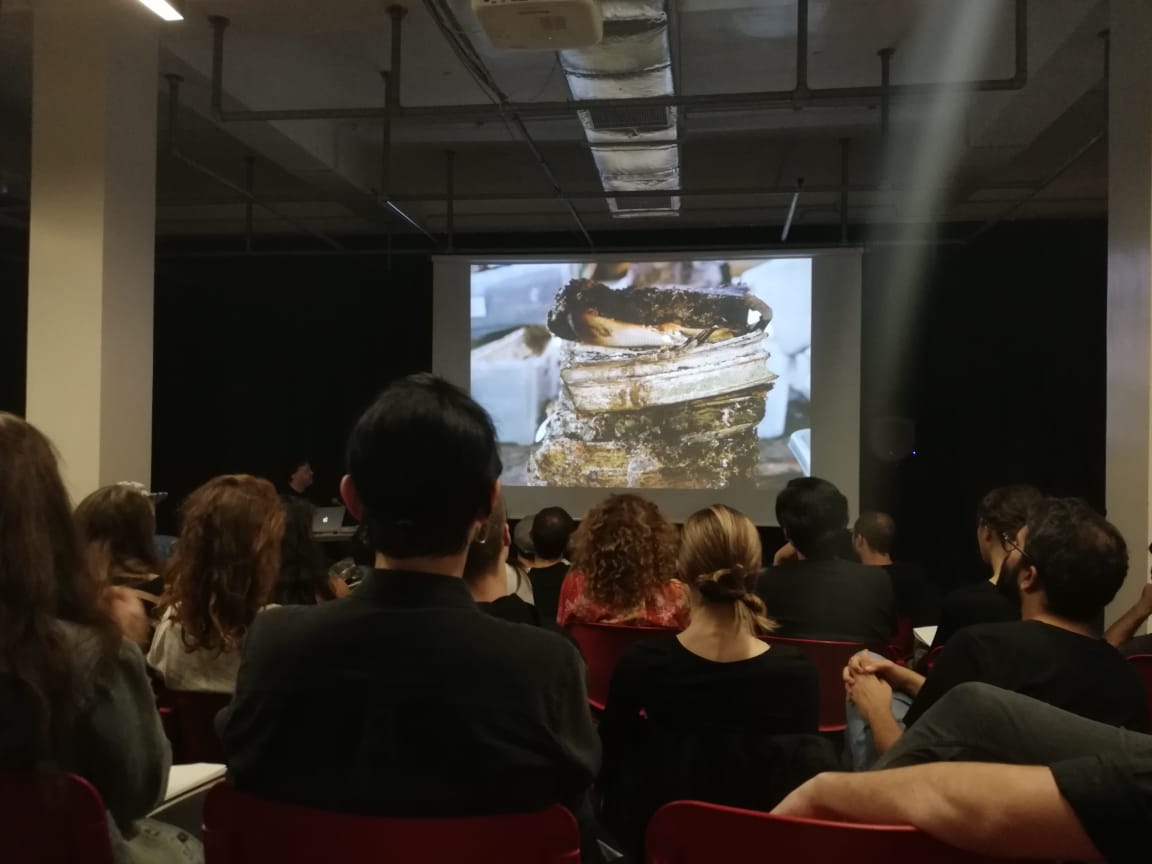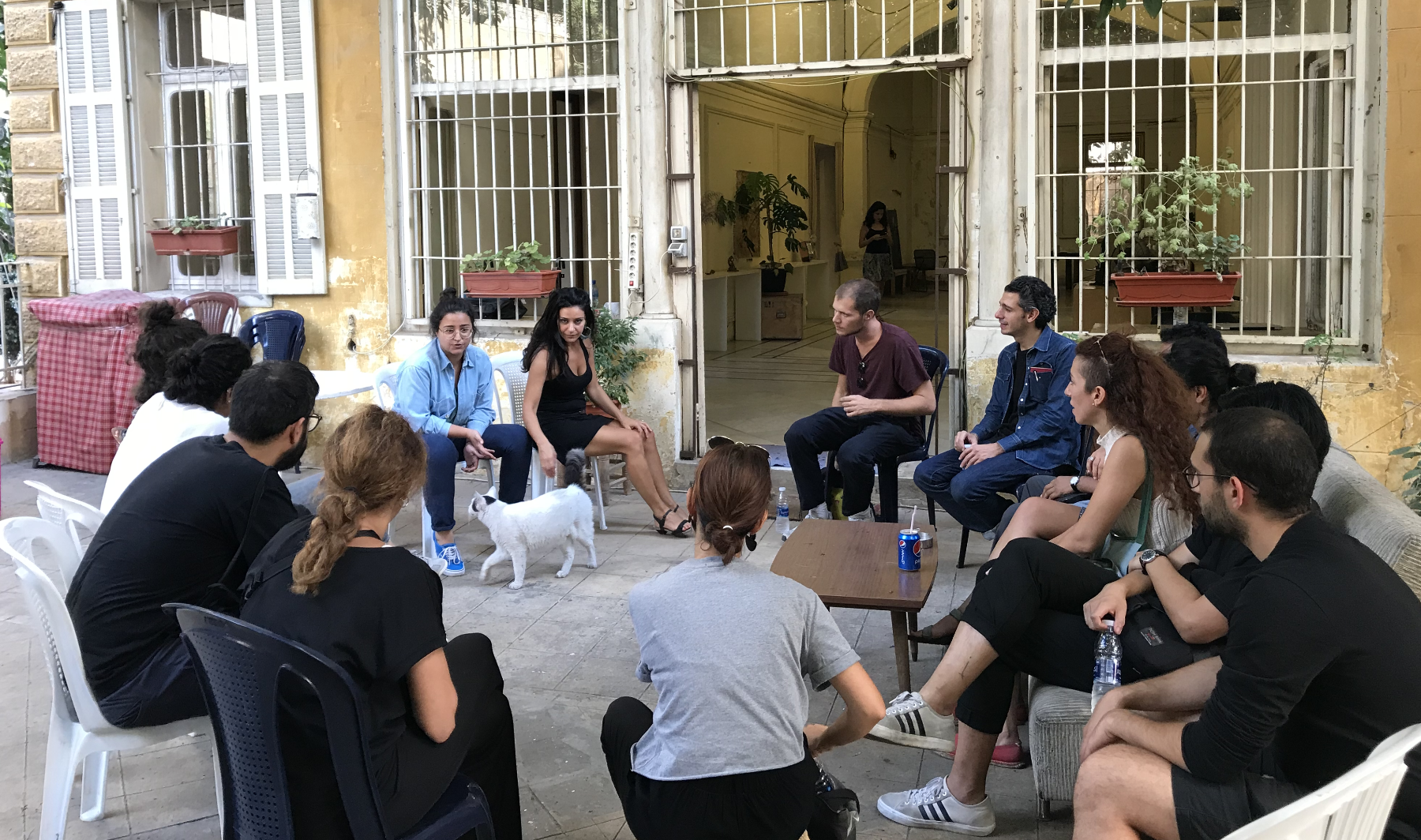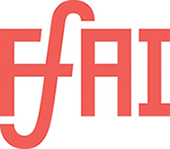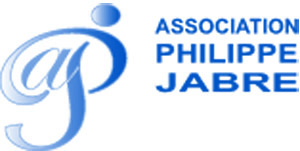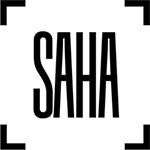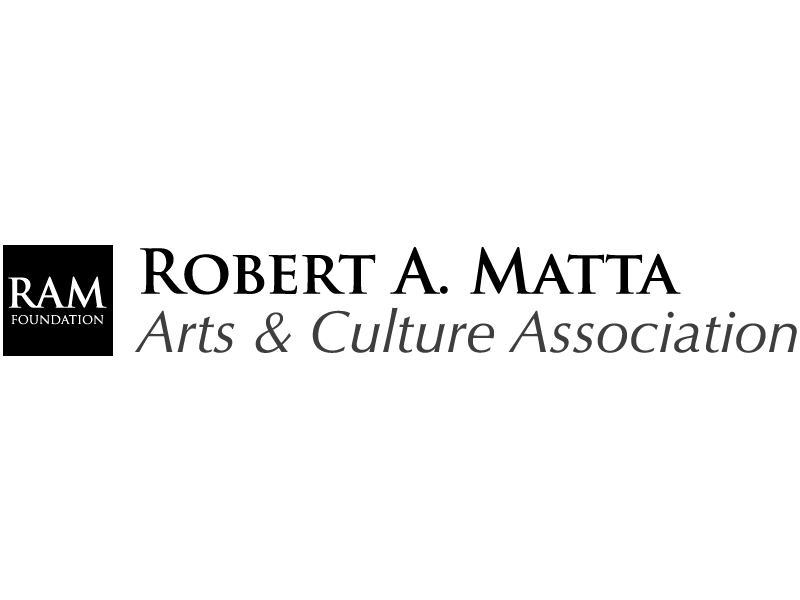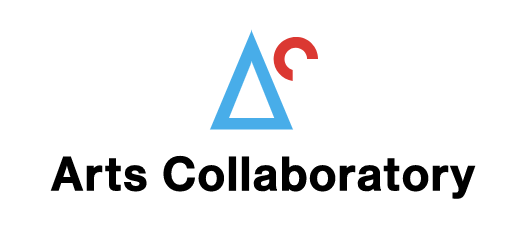Preface
The Urban | The Legal | The Narrative
Rayyane Tabet
The Preface, entitled The Urban | The Legal | The Narrative, proposes an in-depth reading of one archeological site, two books, three neighborhoods, and four institutions to uncover the relationships between urban conditions in and around Beirut, their legal ramifications, and narrative potentials.
Workshops
Inner-ventions
Joe Namy
This workshop will focus on creating and decreation. Through a series of exercises, readings, and site visits, we’ll explore, discuss, and practice various approaches to art making with a focus on the ephemeral, and the kind of enduring impact a fleeting work of art is capable of achieving - corporeally or mythically. We’ll take a critical look into the precarious relationship between art and permanence, and the kinds of pressures and challenges that arise in making unlasting work, using key examples of public art, happenings, and interventions in Beirut as a jump off.
Studies in Generic Form
Iman Issa
During the course of the workshop, we will be looking at different conceptions of abstraction and the systems from which they emerge. Thinking of abstraction as a thought and material process that outlines figures, functions, and a creative agency, we will be concerned with the forms it might take, while also thinking what might constitute a generic form at this moment in time and how, in turn, it might relate to or be distinguished from other forms of abstraction.
The Space That Remains
Maha Maamoun
Publishing is increasingly being discussed and explored as an artistic practice. Self-publishing, whether by artists or others, has been a route taken to challenge the control and standards maintained by the gatekeepers of the day, with their stylistic, financial, legal, and ideological restrictions.
Yet the space that self-publishing, and by extension other artistic practices, is able to carve up for itself in what remains of public space seems similarly infiltrated and confined. Through this workshop we will explore, taking (self)publishing as a point of entry, “the space that remains” for artistic practices outside of dominant systems of production, circulation and judgement – and in what ways these alternative practices challenge or recreate the beast.
The Chronoscene
Suhail Malik
The term Anthropocene was popularised in the early twenty-first century to designate that human civilisation has become a geological force. Our impact on the planet’s material organisation is irrevocable and increasing. It’s now well known that the conditions that made human habitation on the planet possible are already under severe duress and maybe even under catastrophic change. The future of the planet over the span of millenia is completely uncertain. Yet action has to be taken now. But how to take action when it is the unknown future that must determine what takes place now, and at a planetary scale? The workshop will address this complex question, made more difficult yet by the imponderable time-scales that the Anthropocene imposes on the very notion of action.
As a venue of public experimentation, art could take a leading role in testing the new configurations of materials and ideas that will be required to meet the future-based reordering set by the Anthropocene. But the task is yet more vexing for art: if it is to take any role in these coming challenges, art cannot do so on the basis of experience, subjective valorisation, the archive, micro-interpretation, formal revision, and communal recollection, which have together comprised the basic premises for contemporary art. The uncertainties of large-scale time sequences supplant these experiential constraints for art’s engagement with the planetary future.
After
Workshop with Celine Condorelli
This workshop explores the issue of problematic inheritances, starting from specific case studies. Inheritance is here understood in a wider sense, not as material goods coming from kin, but as fragments and parts of the world that we care for and take care of towards a possible future to be shared with them. To think of a legacy in terms of what is communicated - and communicable - and what is less so; both in terms of a troubling (or troubled) past or an uncertain present. This is a question that allows for problematizing transmission between generations, and between places and times.
The workshop will work towards learning how to raise and then expose the problematics of how things (and practices) come into being, how they come into the world, and then to us - and through that how they narrate the movement of people but also of goods, of capital, of power, of ideas, of artworks and of information. It will open this up by thinking of forms of display: how things are shown (in exhibition contexts, in the world), and therefore how their appearance in the world can be problematised, unfolded, questioned, or concealed. We will look at monuments, books, memorabilia.
Taking the tradition of marginalia -the clarifying or personal readings running alongside texts that used to be part of publishing before the voices of others were relegated to footnotes- we will practice commenting as a way of working with inheritance and legacies.
Your last night in Beirut
Workshop with Nasrin Tabatabai and Babak Afrassiabi
What if I am spending my last night in a city? The night is suddenly detached from the continuity of the day, at once unbearably prolonged and shortened. A night in which I am forced to seek the outer limits of my relationship to the city; a night in which all that I thought was constituting my existential links to the city begin to compete against one another. I become entangled in a representational breaking point. I fill the time with this entanglement and I lose sight of the night. Its darkness escapes me because I insist on retrieving from the night what I’ve apprehended under daylight; because I insist on holding onto the laws of day. But the dark of night is an apparition. It avoids representation. It neither emerges from nor passes into the day, instead it draws itself from other nights, past and coming. How to take notice of the dark of night? How to be in the continuity of the dark that surpasses the day’s timeline? Is this the labour of the night? To betray the day’s work? To trace the night’s dark to the dark of the other nights? To forge a network of nights?





